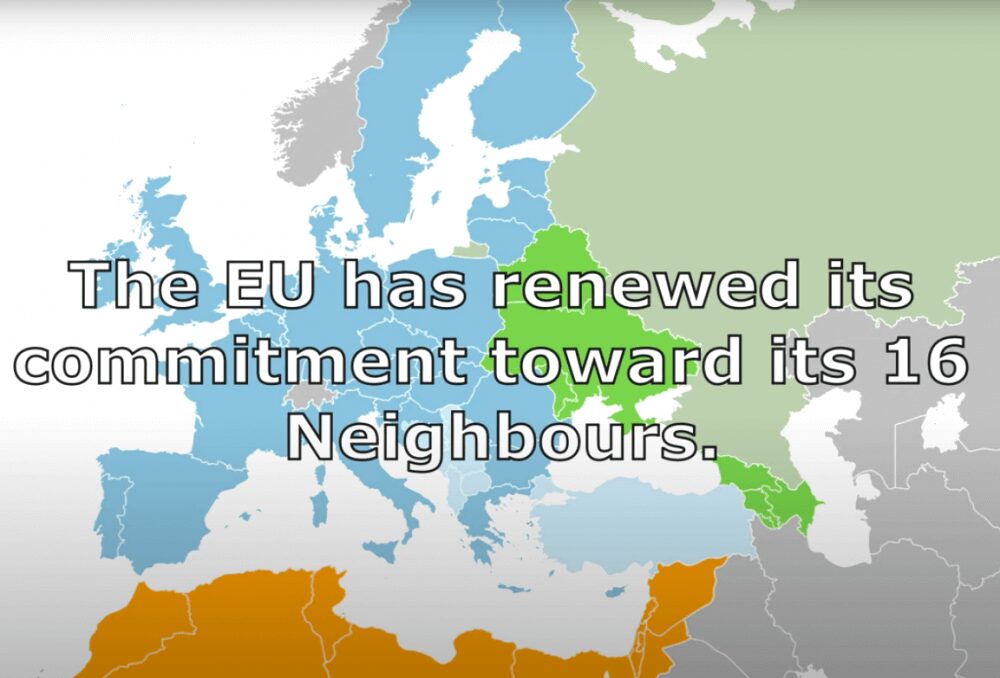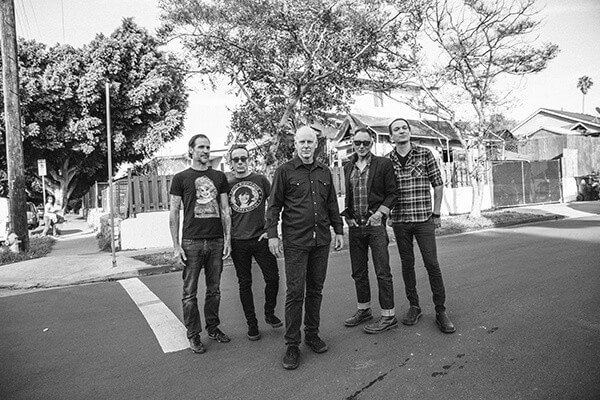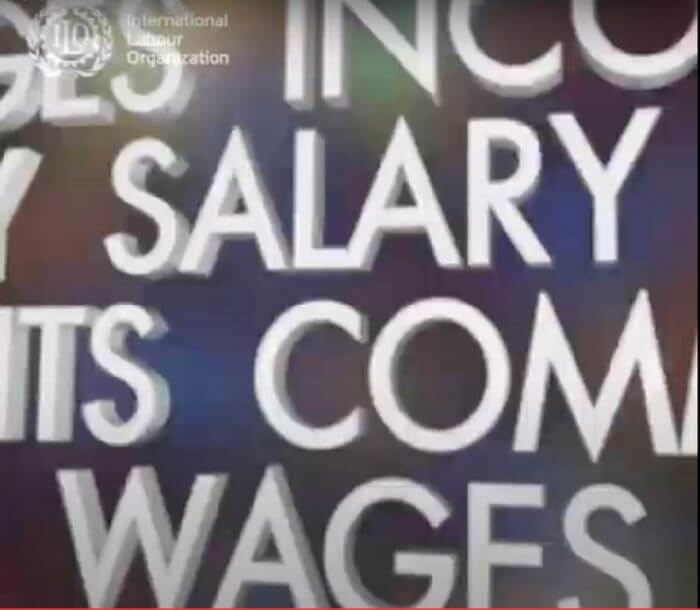When a group of Cameroonian religious leaders from both English and French-speaking communities, both Christian and Muslim, met to discuss the crisis in the Anglophone western provinces of Cameroon, they committed themselves to being “diplomats of peace.”
The two-day capacity building workshop on Peaceful Conflict Resolution and Sustainable Peace, organized by the Ecumenical Forum on the Anglophone Crisis in Cameroon, sought to raise up a prophetic voice for the troubled country. Present were Protestants, Pentecostals, Roman Catholics, Evangelicals and Muslims.
During their meeting in Buea on Nov. 25-27, they heard an encouraging speech from Dr. Lesmore Gibson Ezekiel, director of the Peace, Diakonia and Development Department of the All Africa Conference of Churches, based in Nairobi, the World Council of Churches reported.
“This sends a clear signal to the world that our religious leaders, Christian and Muslims are committed to the cause of peace, justice, tranquility, reconciliation, and healing in Cameroon,” said Ezekiel.
“We hope in the nearest future that some of you that are participating will be our envoys of peace to other countries, where they are also experiencing turbulence.”
The workshop brought together Christians and Muslims leaders from the Anglophone and Francophone regions, and was convened by Rev. Fonki Samuel Forba in his capacity as president of the Council of Protestant Churches in Cameroon.
Cameroon’s 27 million people have two official languages—English and French—but the people in the two linguistic groups are divided, adding to the nation’s woes and for the concerns of its religious leaders.
They also face another affliction—violent extremist groups such as Boko Haram.
Created in 1961 by the unification of a British and a French colony, the modern state of Cameroon has struggled to find peace and unity.
The mainly Muslim far north has also been affected by the regional Islamist insurgency of the Boko Haram group.
LEADERS OF ALL DENOMINATIONS
During the meeting, one church member wrote on the meeting’s Facebook page, “This is the first time that religious leaders of all denominations in Cameroon are coming together.
“Now that the church is united, God will act in favour of peace. Thank you, Rt. Rev., moderator. May God bless you.”
The meeting was also facilitated by experts like Dr. William Arrey, Rev. Charles Berahino and Eugene Ngalim.
The gathering focused on the causes of conflicts, the role of religious leaders in fighting extremism, religious diplomacy, reconciliation, tolerance and living together.
The workshop sought to encourage and equip the participants to speak publicly and diplomatically to contribute to peace in their communities, the nation and continentally.
LISTENING TO THE OTHER
Those present also acknowledged the importance of people being able to admit to their own faults and listening to the other.
In his address, Ezekiel said that diplomacy is a tool that if used correctly can facilitate “the deepening of the culture of peace in Cameroon and indeed, in the continent of Africa.”
“So, diplomacy is a critical tool that we can engage, and if we utilize it rightly, it will lead to overcoming violence and deepening the culture of peace.
“Therefore, we will together reflect on diplomacy and how best we can utilize this tool in our peacebuilding interventions in Cameroon.”
Ezekiel said diplomacy can occur in multiple forms or ways, that engage various participants ranging from non-state actors to academics, to policymakers and religious leaders.
“You can engage as a non-state actor, as a religious leader, because you are designed to build trust.”
“And that’s where trust guides the conversation in diplomacy,” said Ezekiel. While religious diplomacy is not fundamentally different from regular diplomacy, Ezekiel explained that: “What it brings is that faith imperative, some imprints of religion into the conversation.
“So, the key actors in this form of diplomacy and personalities have clear faith and religious identity that guides their negotiation for peace,” he said.
“So, anybody that is a religious diplomat will always come into the conversation and negotiation, informed by your religious ethos, by your religious doctrines, by your teachings.”
Ezekiel also suggested that maybe people in Cameroon need to learn from African traditional religion. “How is it that they were so tolerant that they accepted Islam and Christianity into Africa?”














